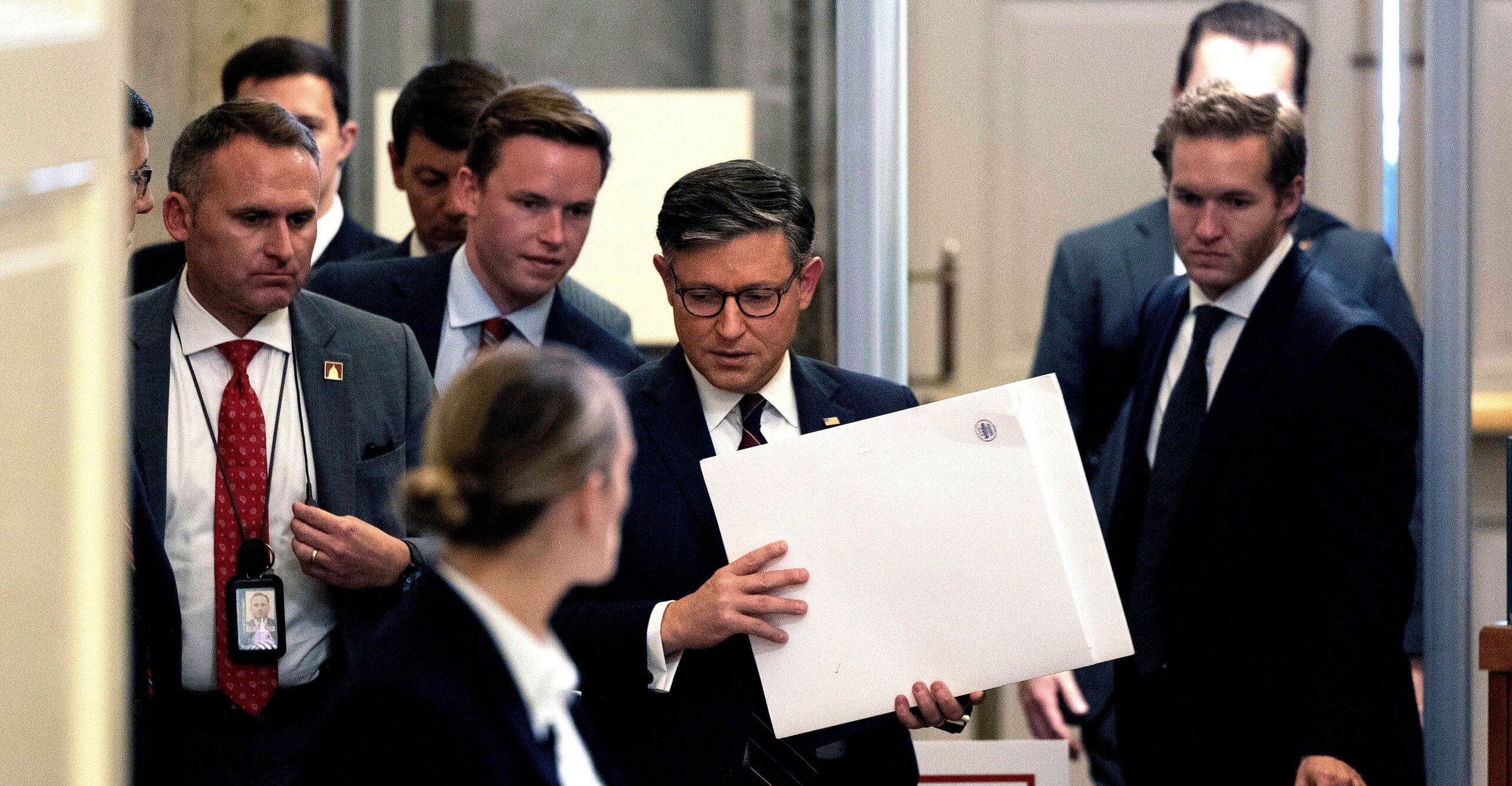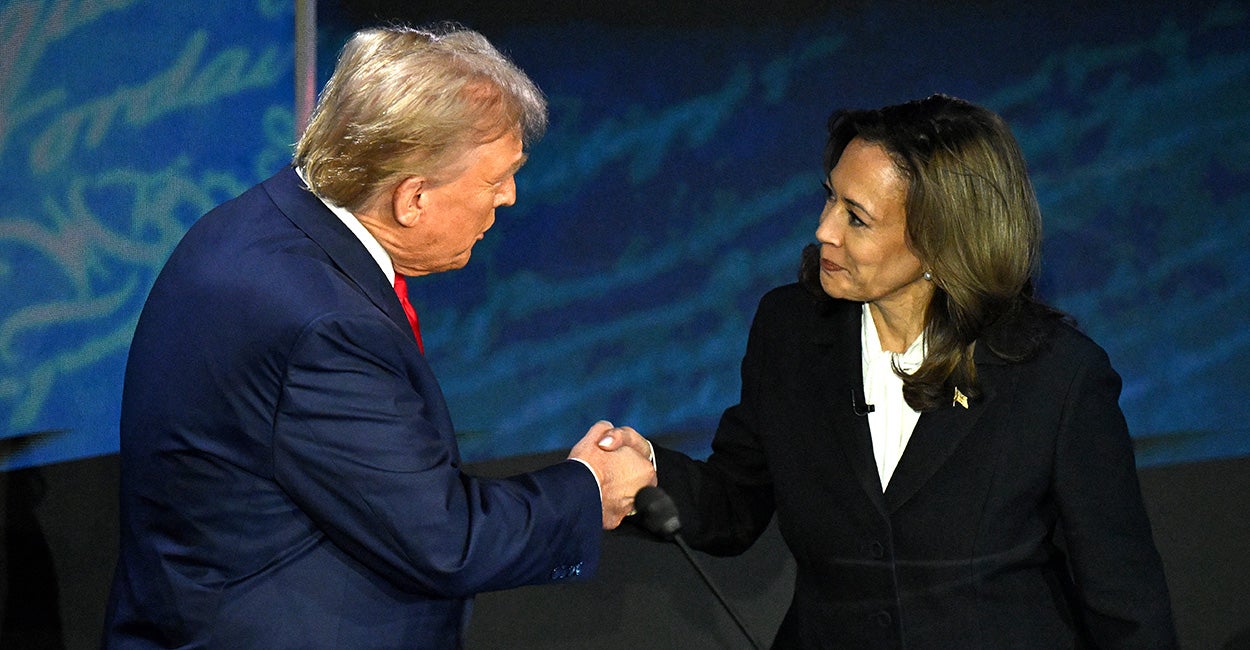Stopgap Spending Bill Disproportionately Hampers Military Funding
With less than two weeks until the end of the fiscal year, a long-term continuing resolution is currently the best and most realistic option to... Read More The post Stopgap Spending Bill Disproportionately Hampers Military Funding appeared first on The Daily Signal.

With less than two weeks until the end of the fiscal year, a long-term continuing resolution is currently the best and most realistic option to constrain out-of-control government spending and avoid another lame-duck omnibus appropriations bill.
However, Secretary of Defense Lloyd Austin recently sent a “parade of horribles” letter to Congress outlining the dangers of a six-month continuing resolution on the U.S. military.
The Austin letter predicts calamity should a continuing resolution occur for the Defense Department. However, that contradicts prior statements by his staffers and the comptroller general. The Pentagon’s top budget official testified in 2022—when Democrats controlled both the House and Senate—that “being under a continuing resolution into January and February is not unusual” and that the Pentagon has learned to do so out of necessity. In 2021, the comptroller general also concluded that the Pentagon “has adopted practices to manage within the constraints of continuing resolutions.”
Despite this, some Republican defense hawks in Congress joined Wednesday with Democrats to oppose a six-month continuing resolution stopgap spending bill because of the possible harm to the military.
One of the top complaints is that under a continuing resolution, the military is prohibited from either beginning new weapons programs (aka “new starts”) or increasing the quantities of weapon systems (even if doing so would save money) unless and until there is a full-year Defense Department appropriations act. The typical continuing resolution micromanages the Defense Department down to the line-item level for procurement and research & development in a way it does not for nondefense agencies.
Conversely, according to the comptroller general, the problems reported during a continuing resolution for a nondefense agency are that they can’t hire federal bureaucrats fast enough or go on as many taxpayer-funded trips.
Why do continuing resolutions contain a funding prohibition unique to the Defense Department? Generally, that restriction has always been there. Politically (and cynically) it made sense when the Pentagon’s full-year defense appropriations bill was stuffed with hundreds of earmarks for pet projects for powerful members of Congress. However, the House does not allow earmarks for defense appropriations acts today.
In writing to House Appropriations Committee Chairman Tom Cole, R-Okla., Austin pleaded for a full-year appropriations bill for the Defense Department, but omits that the House passed a full-year appropriations bill funding the Defense Department nearly three months ago that is languishing in the Democrat-controlled Senate, which has not passed any funding bills.
Austin should have called on the Senate to pass the defense appropriations bill this month and alleviate his concerns.
While the secretary’s letter says that the Pentagon is helpless under a long-term continuing resolution, the Defense Department can still reprogram large amounts of appropriated funds as it did a number of times last year to pay for military aid to Ukraine and other programs.
Conservatives would be wise to treat the Department of Defense like every other federal agency and allow the Pentagon the authority to enter into multiyear agreements and more efficiently buy weapons.
Another option would be to authorize new weapons programs in the annual National Defense Authorization Act, expected to be finalized in November or December, and let the Pentagon begin procurement at that time.
Conservative defense hawks should agree that removing the defense-specific restrictions from a long-term continuing resolution would help address the concerns in the secretary’s letter and prevent the military from being forced to wait until fiscal year 2026 to reverse its current decline in military strength.
The post Stopgap Spending Bill Disproportionately Hampers Military Funding appeared first on The Daily Signal.
What's Your Reaction?


























:quality(85):upscale()/2024/09/09/785/n/1922283/901e710666df358b373de2.40207443_.jpg?#)
:quality(85):upscale()/2024/07/23/904/n/1922283/dc92642c66a0159ee98db4.72095370_.jpg?#)
:quality(85):upscale()/2024/07/10/842/n/1922283/8fb902af668edd399936b2.17277875_.jpg?#)
:quality(85):upscale()/2024/06/07/909/n/1922283/82a389f8666372643f2065.06111128_.jpg?#)
:quality(85):upscale()/2024/06/07/726/n/1922283/10bee64e666334778cf548.63095318_.jpg?#)
:quality(85):upscale()/2025/02/03/788/n/1922283/010b439467a1031f886f32.95387981_.jpg)
:quality(85):upscale()/2025/01/08/844/n/1922398/cde2aeac677eceef03f2d1.00424146_.jpg)
:quality(85):upscale()/2024/11/27/891/n/1922398/123acea767477facdac4d4.08554212_.jpg)
:quality(85):upscale()/2024/12/02/919/n/1922398/2b4b75f6674e20edcc99c3.42112799_.jpg)
:quality(85):upscale()/2024/10/29/690/n/1922398/e9bec6b46721006258d949.01358236_.jpg)












